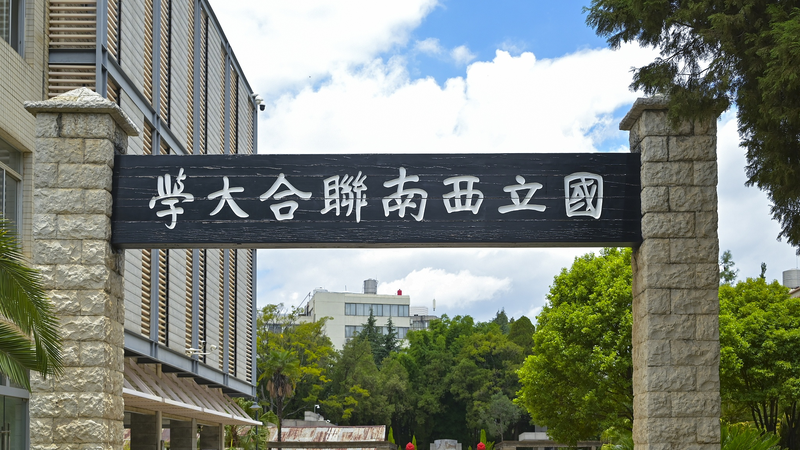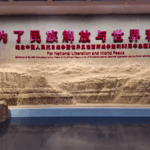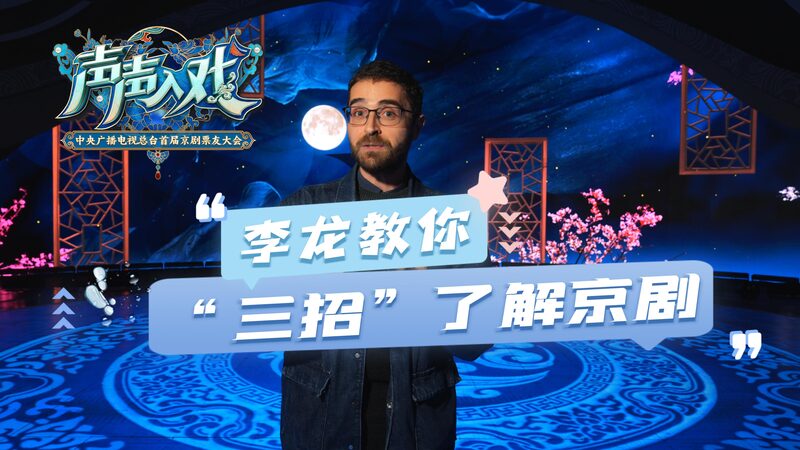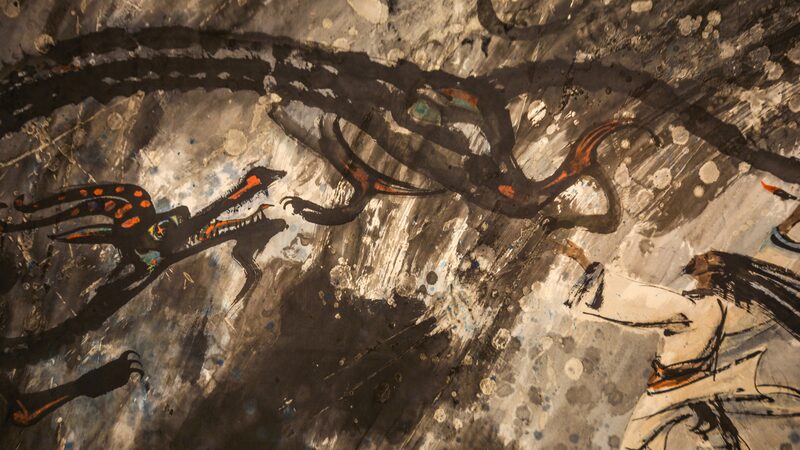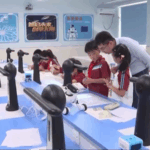Amid the devastation of the Chinese People's War of Resistance Against Japanese Aggression, a beacon of academic resilience emerged in Kunming. The National Southwest Associated University (Lianda) – formed by the merger of Peking University, Tsinghua University, and Nankai University in 1938 – became a symbol of China's unyielding commitment to education during World War II.
Shelter in the Southwest
As Japanese forces advanced, over 1,600 students and faculty undertook an extraordinary 1,600-kilometer journey from Beijing and Tianjin to Yunnan Province. Operating from makeshift classrooms in temples and mud-brick buildings, the university maintained rigorous academic standards while fostering innovative teaching methods.
Nurturing Future Leaders
Despite chronic shortages of supplies and frequent air raids, Lianda produced remarkable graduates including Nobel laureates Yang Zhenning and Li Zhengdao. The institution's interdisciplinary approach and emphasis on practical knowledge laid groundwork for China's modern scientific development.
Enduring Influence
Today, the university's former sites in Kunming serve as museums and educational centers. Its legacy continues to inspire discussions about academic freedom, cultural preservation during crises, and the role of universities in national development.
Reference(s):
Southwest Associated University: A miracle of education in wartime
cgtn.com
